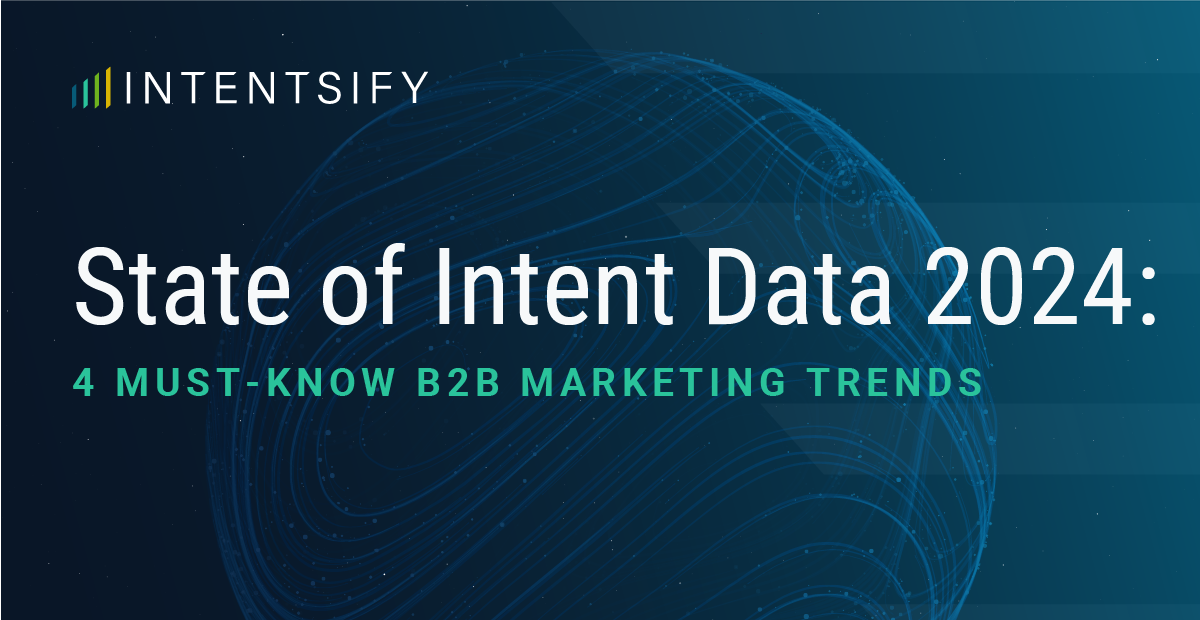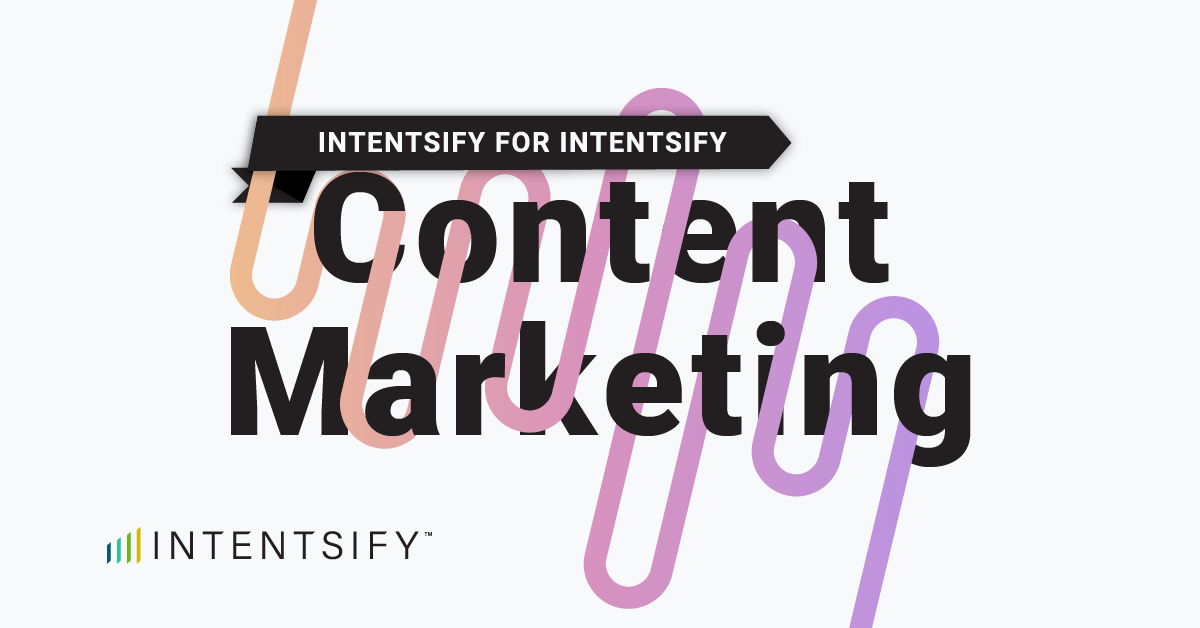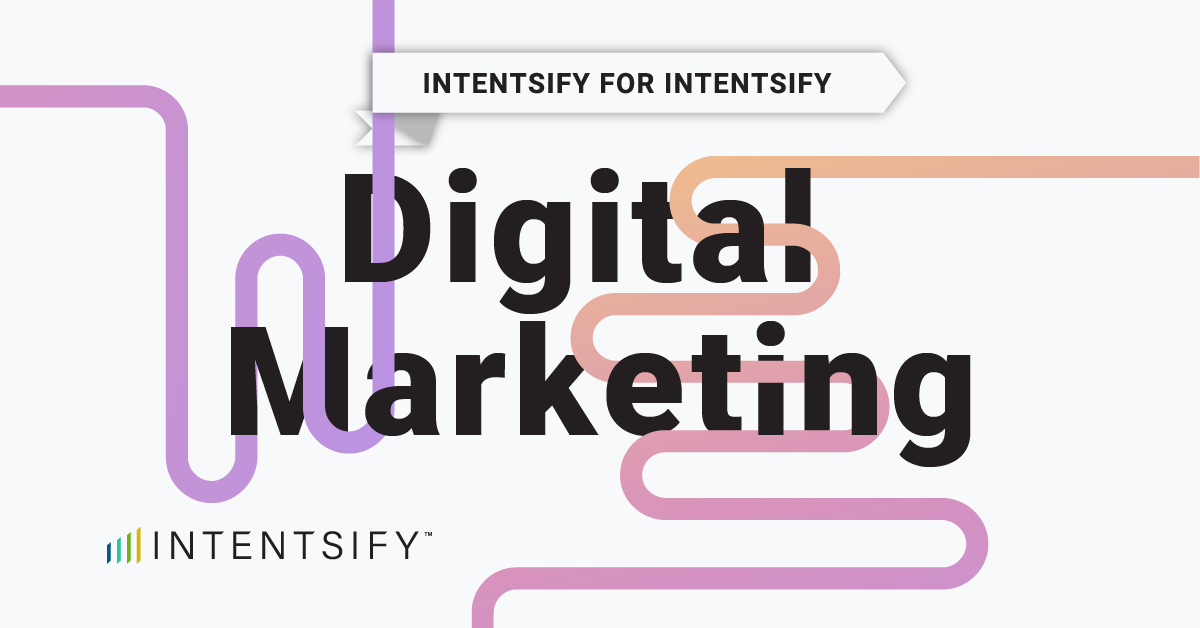The B2B marketing landscape has undergone a seismic shift. You’ve probably heard the statistic a hundred times by now—buyers conduct 70% of their research independently before ever speaking with a sales representative. It’s become a go-to data point in many conference presentations and marketing strategy decks, and for good reason. Today’s buying groups are engaging throughout their entire journey—from early-stage content consumption that shapes vendor awareness to final evaluation touchpoints—creating dozens of micro-moments where companies can either build trust and authority or fade into the background.
Yet despite this evolution, many B2B marketers remain laser-focused on Bottom-of-Funnel (BoFu) metrics—prioritizing form fills, last-click attribution, and immediate conversions above all else. While these metrics aren’t wrong, this narrow measurement approach misses the critical Top-of-Funnel (ToFu) activities that actually drive downstream success.
The BoFu Tunnel Vision Problem
BoFu metrics like lead generation, form completions, and conversion rates are undeniably important—they directly connect to revenue and provide clear ROI measurements that executives understand. The challenge isn’t that these metrics are wrong, but that focusing exclusively on them creates missed engagement opportunities that in the end are critical to closing the deal.
The modern B2B buyer’s journey resembles a web more than a funnel. Research from Gartner shows that B2B buyers spend only 17% of their time meeting with potential suppliers when considering a purchase. The remaining 83% is split between independent research, internal meetings, and evaluating information gathered from various sources.
When marketers measure only BoFu activities—focusing solely on form completions and immediate conversions—they miss most of the buyer engagement that builds the foundation for future conversions. This creates blind spots that obscure the true drivers of pipeline success.
The Brand Awareness Foundation That Most Ignore
Here’s what many B2B marketers miss: brand awareness and ToFu engagement create the conditions that make BoFu conversion possible. When prospects are ready to buy, they’re significantly more likely to convert if they’ve had exposure to your brand through thought leadership content, educational resources, or awareness-building touchpoints.
Think of it this way: two prospects with identical needs and budgets visit your pricing page. One has never heard of your company before, while the other consumed your content for months, attended your webinars, and sees your brand as a trusted authority in the space. Which one is more likely to convert?
This is where the strategic combination of content syndication and programmatic advertising becomes powerful. Lead generation programs ensure your educational resources reach the right audiences and deliver relevant, quality leads, while programmatic advertising—traditionally used for brand awareness—keeps your company top-of-mind throughout the entire journey, from awareness to decision. When these approaches work together, they create a compound effect that amplifies BoFu performance.
The Cost of Ignoring Buyer Stage
Not all prospects are created equal and treating them as such is a recipe for wasted resources. A CMO researching market trends has vastly different needs than a procurement manager comparing vendor pricing. Yet many B2B campaigns deploy one-size-fits-all messaging that fails to resonate with prospects at different stages of their journey.
The most effective campaigns align creative messaging with buyer intent and stage. This requires understanding where prospects are in their journey and delivering relevant content that moves them forward. When campaigns ignore research stage, they risk serving BoFu conversion messaging to early-stage researchers or broad awareness content to prospects ready to make purchasing decisions.
Modern intent data technologies now make it possible to identify not just who is in-market for your solutions, but where they are in their research process. The key is to monitor topics and keywords that align precisely to your solutions, verticals, and use cases, filtering out the noise that can lead to false positives and wasted outreach efforts.
The Creative-Intent Alignment Challenge
Even when marketers recognize the importance of buyer stage, many struggle with creative alignment. This manifests in several ways:
Generic messaging: Campaigns that speak to everyone often speak to no one. Generic value propositions fail to address specific pain points that each buyer persona faces at different stages of their journey.
Mismatched content formats: Early-stage buyers might prefer educational content like blogs and webinars, while late-stage prospects need case studies, ROI calculators, and product demos to make a case for your solution. Serving the wrong format at the wrong time reduces engagement and slows progression.
Channel-content disconnection: Different channels serve different purposes in the buyer journey. Video content might work well for building awareness through social platforms, while detailed product comparison guides are better suited for prospects actively evaluating solutions on your website. When creative doesn’t match channel strengths, performance suffers.
The solution lies in developing creative strategies that map specific messages, formats, and channels to buyer stages and intent signals. This requires moving beyond demographic targeting to behavior-based segmentation that considers both explicit actions (like website visits and content downloads) and implicit signals (such as research patterns and competitive analysis activities).
Beyond Conversion Metrics: A Full-Funnel Approach
The path forward isn’t about abandoning BoFu metrics—it’s about expanding measurement frameworks to capture the full spectrum of activities that drive business results. This means developing metrics for each stage of the buyer journey and understanding how ToFu investments amplify BoFu performance.
ToFu metrics should include brand awareness lift, content engagement rates, share of voice in your category, and the quality of net-new accounts entering your database. These aren’t vanity metrics—they’re leading indicators that predict future pipeline performance. Middle-of-Funnel (MoFu) indicators focus on engagement depth, intent signal strength, and progression through content consumption patterns. BoFu measurements naturally include conversion rates, but now within the context of understanding how ToFu investments influence those conversions.
This approach requires integrating multiple data sources to create a comprehensive view of buyer behavior. The most effective strategies combine first-party data from your owned channels with third-party intent signals, including content syndication engagement, and programmatic advertising interactions. When these data sources work together, they create a feedback loop that continuously improves targeting and messaging precision.
The Emerging Channel Imperative
While marketers chase form fills through traditional channels, buyers are increasingly active on emerging platforms and consuming content in new formats. Video content, podcasts, streaming networks, and digital-out-of-home ads—among many others— are all playing larger roles in B2B buyer research.
Companies that limit their focus to traditional lead generation channels miss opportunities to engage buyers where they’re most active and receptive. The key is expanding measurement frameworks to capture engagement across all touchpoints while maintaining the ability to connect that engagement back to business outcomes.
Optimizing Media Strategies for Modern Buyers
Effective media optimization in today’s environment requires balancing multiple objectives simultaneously. Rather than optimizing solely for immediate conversions, successful campaigns optimize for:
- Reach quality: Ensuring campaigns reach the right accounts and decision-makers
- Engagement depth: Measuring not just clicks, but meaningful interaction with content
- Intent progression: Tracking how marketing activities influence buyer research patterns
- Pipeline velocity: Understanding how marketing activities accelerate deal progression
- Revenue attribution: Connecting marketing investments to actual business outcomes
This multi-faceted approach requires sophisticated buyer insights and engagement strategies that reach the right audiences with hyper-targeted messages. The key is speaking to what prospects care about most at each stage while optimizing based on the latest signals—creating a feedback loop that continuously improves targeting and messaging precision.
Making the Shift to Full-Funnel Measurement
Breaking free from BoFu tunnel vision requires both advanced technological capabilities and organizational change. Marketing teams need tools that can identify buyer intent across multiple signals, creative assets that align with different journey stages, and measurement frameworks that capture how ToFu activities influence downstream performance.
The most sophisticated approaches integrate content syndication programs that capture high-intent engagement with programmatic advertising campaigns that maintain brand presence throughout extended buying cycles. When these strategies work in concert, they create continuous feedback loops where brand awareness activities improve content syndication performance, while syndication insights enhance programmatic targeting and messaging precision.
The transition doesn’t happen overnight, but companies that begin this evolution position themselves to capture more of the 83% of buyer research that happens outside direct sales interactions. They build stronger pipelines not just by generating more leads, but by creating the brand awareness and thought leadership foundation that makes those leads more likely to convert.
In an era where buyers have more control over their research process than ever before, the companies that win will be those that measure and optimize across the entire funnel—understanding that today’s brand awareness investment becomes tomorrow’s pipeline acceleration. The question isn’t whether your BoFu metrics matter. The question is whether you’re measuring everything that makes those metrics possible.






